The ESP8266 (and ESP32) is a great chip: powerful, versatile, cheap, easily obtainable. But it's a little bit fiddly when it comes to programming the development boards and transferring the files onto and from them. You have to install the drivers (good luck if you have a mac), install the flasher software, get the flash parameters just right, get the boot pin low (or make sure the auto-reset circuit works), etc. Individually, each of those steps is easy. Together, they make it hard to simply just start coding.
Wouldn't it be great if there was a development board that, instead of the dumb USB to serial converter, would sport a small and cheap USB-capable microcontroller, just like the Arduino UNO or Micro:bit, which would let you simply copy files over to a USB drive it would expose?
That idea is not mine, of course, I heard it for the first time from @tannewt. But I really want this to happen.
However, I know almost nothing about USB, and this is very much a research project. I expect extremely slow progress and possibly shelving of this project later on. I believe it is possible to do what I want (at least the filesystem and serial access), but I'm not sure I have enough experience to pull it off.
All help is greatly appreciated!
 deʃhipu
deʃhipu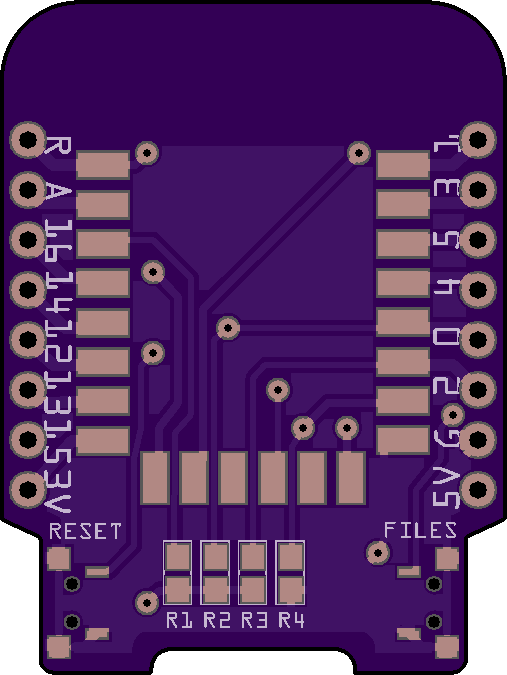

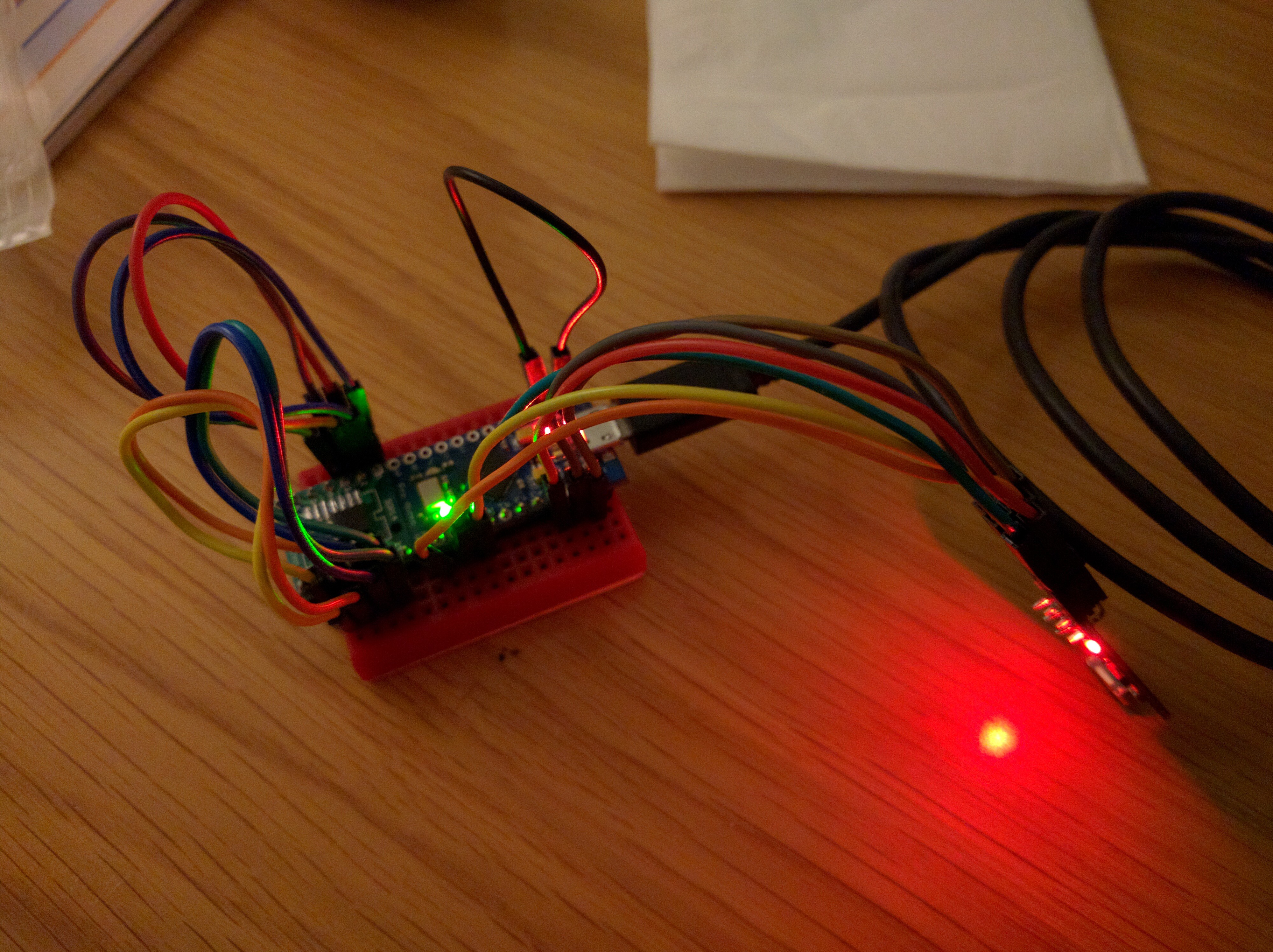
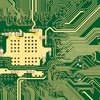



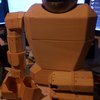


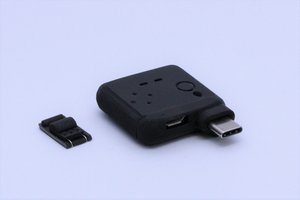
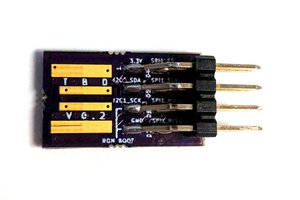
 ajlitt
ajlitt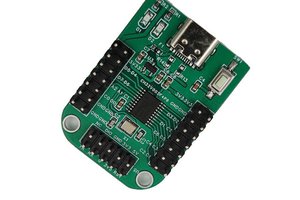
 CanHobby.ca
CanHobby.ca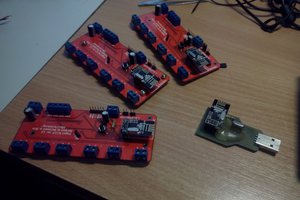
 Necromant
Necromant
Interesting project!! What about using DAPlink and use it for the ESP8266 or ESP32?
Best regards